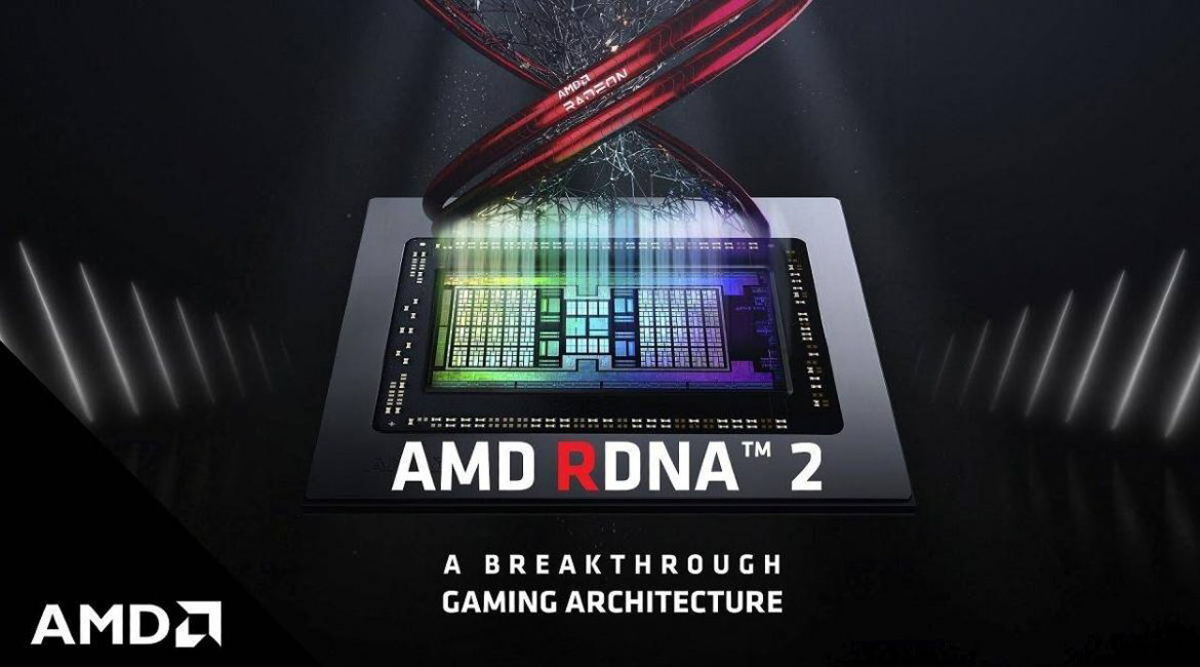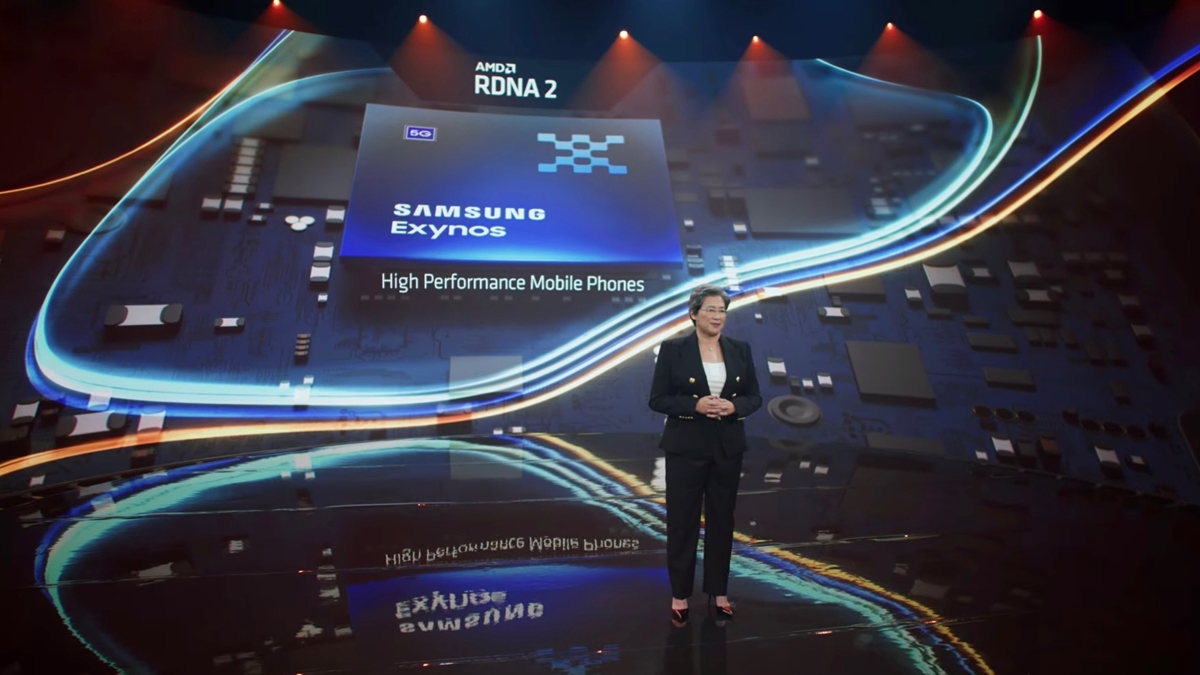AMD has revealed during Computex 2021 that upcoming Samsung-produced Exynos mobile chipsets will come with its RDNA 2 graphics technology via their built-in GPUs. This would enable future products such as smartphones and tablets by the South Korean giant to feature ray-tracing and variable shading capabilities for 3D-based games and applications.
This announcement officially confirms past rumours suggesting a collaboration between the two companies, which have circulated as early as August of last year. CEO Lisa Su explained that AMD will introduce its RDNA 2 tech via a custom architecture-based graphics IP to future flagship Exynos SoCs, but did not mention which Samsung mobile devices are planned to debut with it.
According to reliable tech insider Ice Universe, this new mobile-based ray-tracing technology could debut on the successors of the smartphone maker’s current flagship chipsets, namely the Exynos 2100 and 1080 series. He added that Samsung would potentially reveal more information regarding this later in the year.

Given that AMD’s RDNA 2 technology is slated to debut on future iterations of the Exynos chip, it is quite likely that we would only see it debut on the South Korean brand’s future flagship devices. These could possibly include next year’s tentatively named Galaxy S22 series, next-gen Galaxy Fold/Flip, as well as future versions of the Galaxy Tab S series of tablets.
There’s also Samsung’s follow-up flagship, the Galaxy Note series, that are usually slated for a year-end release window. But with the recent rumours of the Note’s grim future, chances of seeing the tech debuting on this particular smartphone line is quite thin.
AMD’s venture to introduce its own ray-tracing architecture will be exciting, but it is worth noting that both the firm and its partner Samsung aren’t the first to debut the graphics technology on mobile devices. If you recall from our past article published back in November of 2019, NetEase and Huawei had already showcased their own mobile-based ray-tracing tech via the latter’s Kirin 990 flagship chipset.

Sure, the tech shown two years ago wasn’t as visually impressive as its PC and current generation gaming console counterpart, but it was a major breakthrough for the mobile market nonetheless. That being said, we’re interested to see what potential milestones AMD and Samsung are capable of achieving once they are ready to showcase their upcoming architecture.
(Source: AMD [official press release])
Follow us on Instagram, Facebook, Twitter or Telegram for more updates and breaking news.



